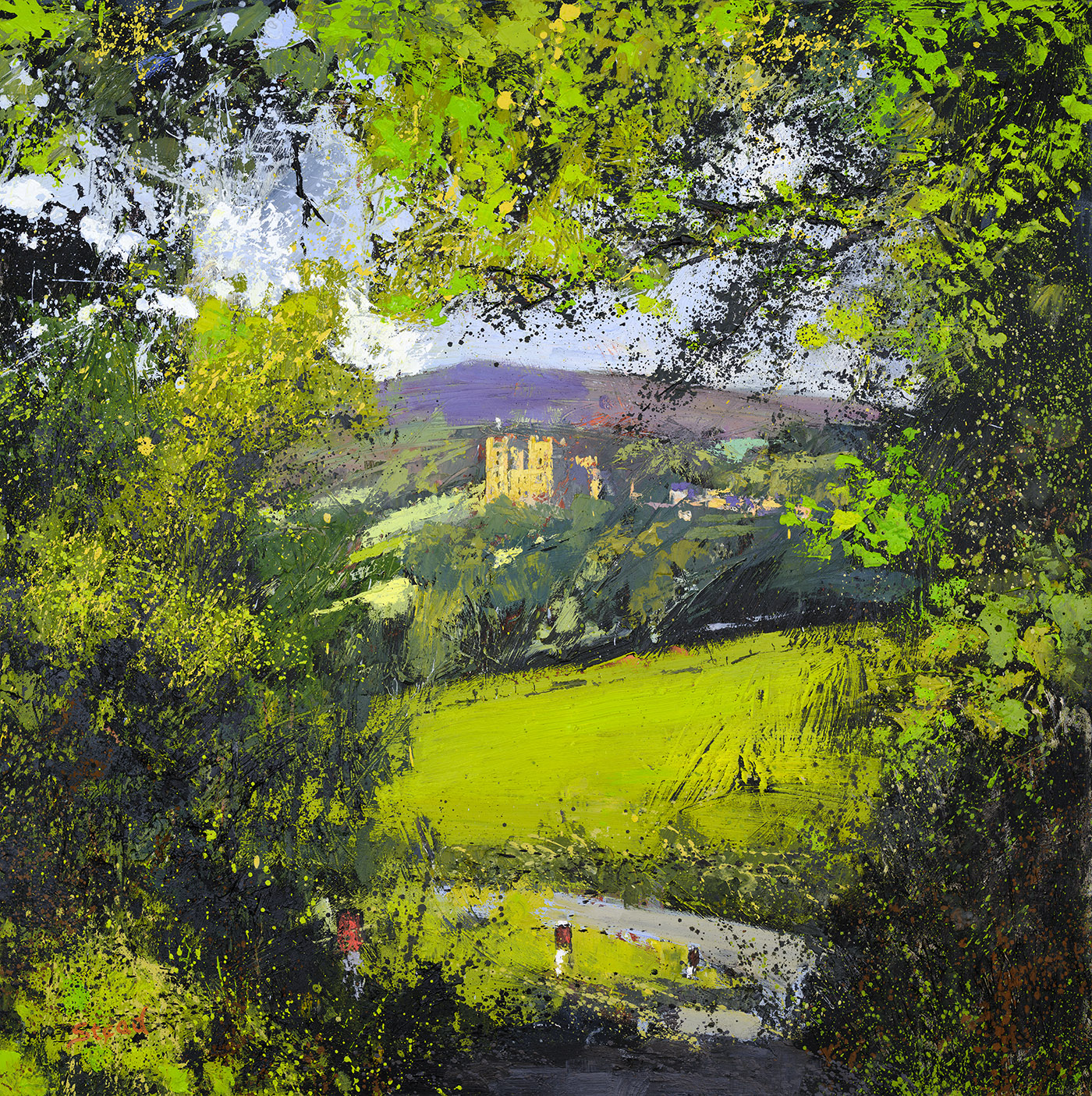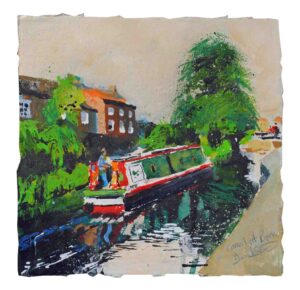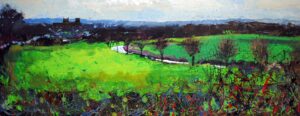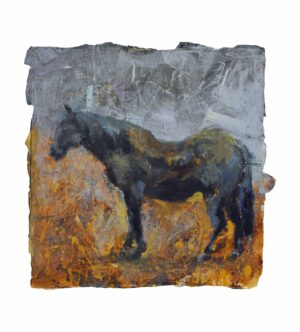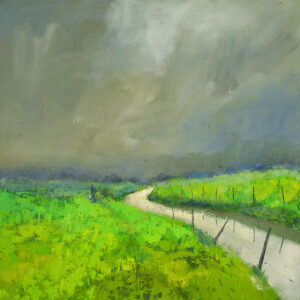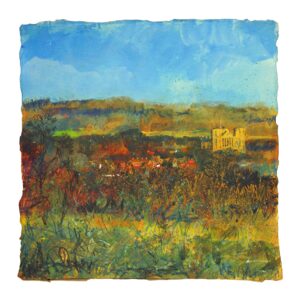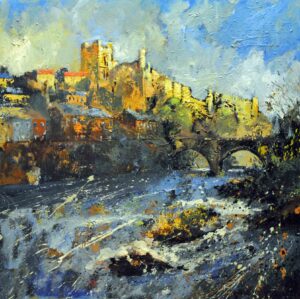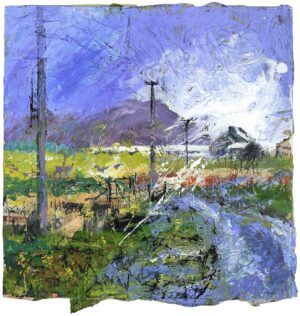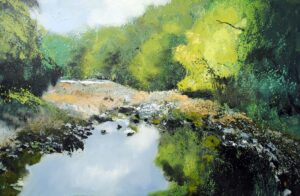Bolton Castle
£320.00 – £4,800.00 including VAT
An original oil painting by David Stead, now available as a beautiful signed limited edition print is on deep profile, archival quality canvas. The print is limited to an edition of only 150 and comes with a certificate of authentication
Painted by many artists – JMW Turner (of course!) Edward Dayes and many others, Bolton Castle is located in picturesque Wensleydale in North Yorkshire, England, it is one of the country’s most impressive and well-preserved medieval fortresses. Built in the late 14th century, this imposing structure has stood for more than 600 years and remains a vivid reminder of England’s feudal past. Over the centuries, Bolton Castle has witnessed political intrigue, royal imprisonment, and dramatic historical events, all while retaining much of its original character and architecture.
Construction of Bolton Castle began around 1378, commissioned by Richard le Scrope, the Lord Chancellor of England under King Richard II. The castle was intended both as a stronghold and a symbol of the Scrope family’s wealth and power. Completed in the 1390s, it was designed in a quadrangular layout—a popular architectural style among the nobility of the period—offering both formidable defensive features and comfortable living quarters. The design included a great hall, kitchens, private chambers, a chapel, and extensive gardens.
The castle’s historical significance is heightened by its association with Mary, Queen of Scots, who was held there under house arrest for several months in 1568-69 following her forced abdication from the Scottish throne. She was placed in the custody of Sir Francis Knollys, acting on behalf of Queen Elizabeth I. During her stay at Bolton Castle, Mary was allowed a degree of freedom within the castle walls and even kept a small entourage, but she remained under constant surveillance. Today, visitors can see the room traditionally said to have been hers, which adds a poignant touch to the castle’s storied past.
During the English Civil War in the mid-17th century, Bolton Castle was held by Royalist forces and came under siege by Parliamentarian troops in 1644. After a prolonged resistance, the garrison surrendered. The castle suffered partial damage from the conflict and was never fully restored, giving it the partly ruined, romantic appearance it retains today. Nevertheless, many parts of the castle remain intact and open to the public, including the medieval kitchens, the dungeons, and the chapel.
In modern times, Bolton Castle has become a popular tourist attraction, drawing visitors with its rich history, architectural grandeur, and stunning views over the Yorkshire Dales. The surrounding landscape adds to the experience, with rolling hills, patchwork fields, and nearby attractions such as Aysgarth Falls and the town of Leyburn. The castle often hosts events, including historical reenactments, falconry displays, and educational tours, making it a dynamic site for learning and leisure.
Bolton Castle stands as a testament to the architectural skill, political ambition, and turbulent history of medieval and early modern England. Whether visited for its dramatic history, its preserved medieval features, or the beauty of its surroundings, Bolton Castle remains one of the crown jewels of Yorkshire’s historical heritage.

